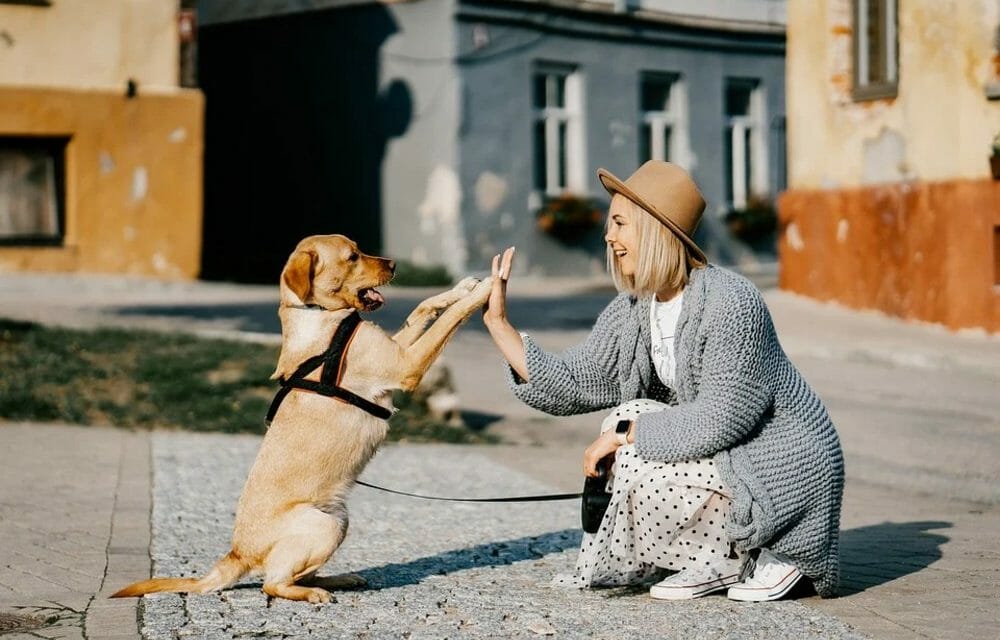A newly revised website aims to help victims of domestic violence find safe havens for their companion animals as they seek to escape abusive situations.
The Animal Welfare Institute (AWI) rolled out its Safe Havens Mapping Project this October, in conjunction with National Domestic Violence Awareness month.
The online repository lists more than 1,200 safe havens and shelter services in all 50 states and the District of Columbia, where domestic violence victims can safely place their companion animals while seeking safety for themselves.
Studies have shown that between half and three-quarters of female domestic violence survivors report that their abusers had threatened, harmed, or even killed companion animals.
But the number of domestic violence shelters that can accommodate both survivors and their companion animals in the United States is extremely limited, with 132 nationwide as of 2019, according to research by Red Rover.
When forced to choose between leaving beloved pets alone with abusers or staying in abusive situations themselves, up to 48 percent of domestic violence victims choose to delay leaving the abusive situation, AWI reported.
For Cathy Liss, the president of the D.C.-based organization, that’s unacceptable.
“No domestic violence victim should be forced to remain in a terrifying situation or abandon a beloved pet because there is nowhere else to turn,” Liss said in an agency press release.
The mapping project’s listings, searchable by zip code, offer services ranging from temporary placement at humane societies and veterinary offices to foster homes and shelters.
About 150 of the listings allow survivors to stay with their companion animals on-site. Other listings can provide referrals to safe places for the companion animals to stay while survivors shelter elsewhere.
Mary Lou Randour, an AWI psychologist and senior advisor who has studied the overlap between domestic violence and animal abuse, told Lady Freethinker that the listings are all valuable because they give domestic violence victims options for keeping their companion animals safe.
“The most important thing is for a domestic violence victim to know that her pet is safe,” she said. “Safe havens for pets of domestic violence victims may use different methods, but all accomplish the same goal. They keep the pets of domestic violence victims safe while the domestic violence victim also seeks safety.”
Many of the listings that can’t accommodate co-housing often can make arrangements for guardians to visit their companion animals. None of the listings charge for their services, Randour added.
The Safe Havens Mapping Project, accessible here, also provides safety planning resources for survivors before, during, and after leaving abusive situations.
AWI created its first pet database in 2011, when only partial listings of services for domestic violence victims with companion animals was available. The site has since been accessed tens of thousands of times each year and is listed on the National Domestic Violence Hotline’s website.
Planning tips for survivors with companion animals, outlined on both AWI’s and the Hotline’s websites, include creating a paper trail of guardianship — having on hand proof of vaccinations and licensing information in the survivor’s name — and making sure that abusers aren’t listed as a point of contact for veterinarians or on a companion animal’s microchip records.
Survivors also should check their state laws to see if companion animals can be included in restraining orders; as of this year, 35 states, D.C., and Puerto Rico all had enacted legislation with provisions for people’s pets.
Lady Freethinker applauds AWI’s efforts to keep people and their beloved companion animals safe.









